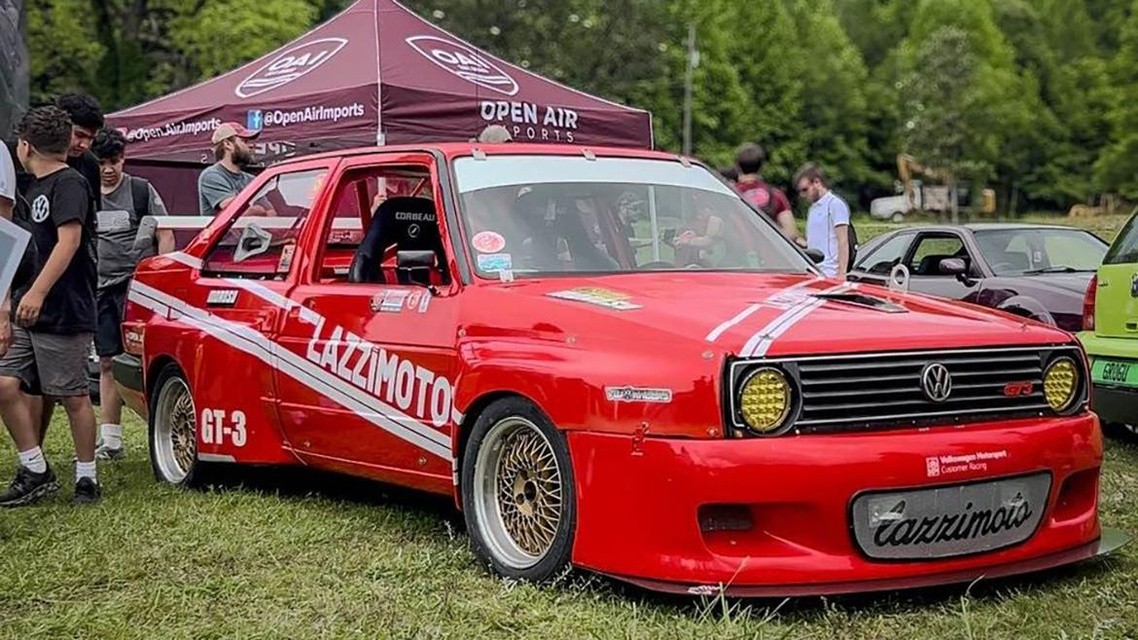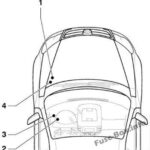The 1980s were a defining era for automotive design, and few trends are as iconic as box flares. These bold, angular fender extensions not only added visual drama but also served a practical purpose in motorsport, allowing for wider tires and improved grip. This article delves into the captivating world of 1980s Box Flare Cars, focusing on a remarkable example: a street-legal 1985 Volkswagen Jetta coupe built for SCCA GT3 competition.
This Jetta embodies the essence of 1980s motorsport aesthetics. Its box flares, a hallmark of the era, instantly command attention. But this car is more than just a visual spectacle; it boasts legitimate racing pedigree. While SCCA GT regulations permit a full tube chassis, this Jetta appears to retain its original tub, a testament to its builder’s commitment to the car’s original structure, which is also permissible under the rules.
A Closer Look at the Box Flared Jetta
This 1985 Volkswagen Jetta coupe wasn’t just built for show; it was engineered for competition. Prepared for the demanding SCCA GT3 class, this car represents a unique blend of vintage charm and racing prowess.
Beyond the prominent box flares, this Jetta likely features a host of performance enhancements tailored for racing. While specific details are scarce, it’s reasonable to assume modifications to the engine, suspension, and braking system to meet the rigorous demands of GT3 competition. The advertisement suggests even more intriguing details about this car’s transformation.
The Enduring Appeal of 1980s Box Flare Cars
The popularity of box flares in the 1980s stemmed from their ability to seamlessly blend aggressive styling with functional performance. This visual language resonated with enthusiasts and continues to captivate car lovers today. This Jetta serves as a prime example of how box flares can transform a car into a head-turning icon. Its presence on a historic racing grid would undoubtedly evoke nostalgia and admiration.
Box Flares: Function and Form
The box flare design wasn’t merely a stylistic choice; it was a response to the need for wider tires and increased track width in racing. By extending the fenders outwards, box flares provided the necessary clearance for larger tires, enhancing grip and handling. This functional benefit, combined with their distinctive appearance, solidified their place in automotive history.
While the competitiveness of this particular Jetta in modern GT3 racing is debatable, its historical significance and visual appeal are undeniable. This car represents a bygone era of motorsport when raw performance and bold styling were paramount. Its existence as a street-legal vehicle adds another layer of intrigue, blurring the lines between track car and daily driver. This 1985 Jetta coupe stands as a testament to the enduring legacy of 1980s box flare cars, capturing the spirit of an era defined by its distinctive automotive design.


